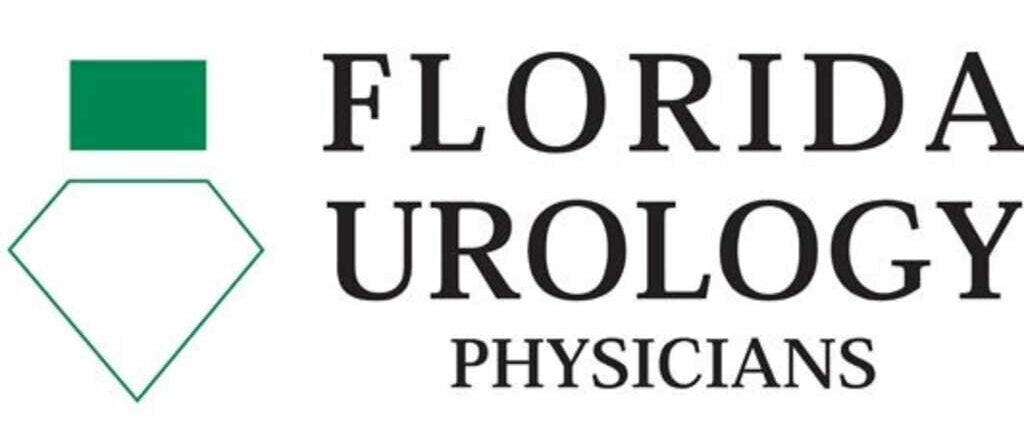External Radiation Plus High-Dose Brachytherapy Effective for High-Risk Prostate Cancer
NEW YORK (Reuters Health) Nov 28 – Ten-year survival rates are high when patients with unfavorable localized prostate cancer are treated with external beam radiotherapy boosted with conformal high-dose-rate brachytherapy, a Spanish group reports.
“This treatment represents a considerable improvement over standard surgical and RT (radiotherapy) methods,” they comment in BJU International online October 7.
Dr. Pedro J. Prada and colleagues at Hospital Central de Asturias, Oviedo, point out that men with high Gleason scores do not do well with radical prostatectomy and standard radiotherapy. An alternative approach has been to combine external beam radiotherapy with an intensity-modulated high-dose-rate brachytherapy (HDR-BT) boost, which delivers a very high biological equivalent dose (BED) to the prostate.
In the current study, the team reports their 12-year experience with this approach treating 313 men with localized prostate cancer. Nearly all (94%) were classified as high risk.
External beam radiation was delivered in 23 fractions of 2 Gy over 4 or 5 weeks. Interspersed with this were two brachytherapy implant procedures on days 5 and 15, which delivered a total BED to the prostate of 292 to 366 Gy.
At 10 years, actuarial freedom from distant metastases was 91%, the cancer-specific survival rate was 97%, and overall survival was 82%, the investigators report.
Ten-year actuarial biochemical control rates were 79% in patients with two or more high-risk criteria and 84% overall, results that “compare favorably to more standard therapies,” Dr. Prada and colleagues note.
The authors say that despite the high radiation doses delivered, treatment was well tolerated. They attribute this to “the excellent dose conformality.”
There was a moderate increase in urinary frequency and urethritis by the end of treatment. Symptoms persisted in 8% at one year, but there were no instances of incontinence. The rate of GI toxicity grade II was 1.6% at six months.
Among the 169 patients who were sexually potent before treatment and who did not undergo hormonal therapy, 74% remained potent afterward, the authors note.
“In conclusion,” they write, “the treatment regimen of HDR-BT and EBRT is a safe and very effective treatment for patients with intermediate- and high-risk localized prostate cancer.”
SOURCE: http://bit.ly/rtDTxO
BJU Int 2011.



